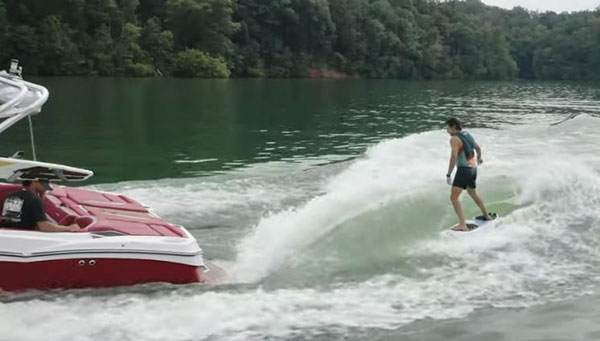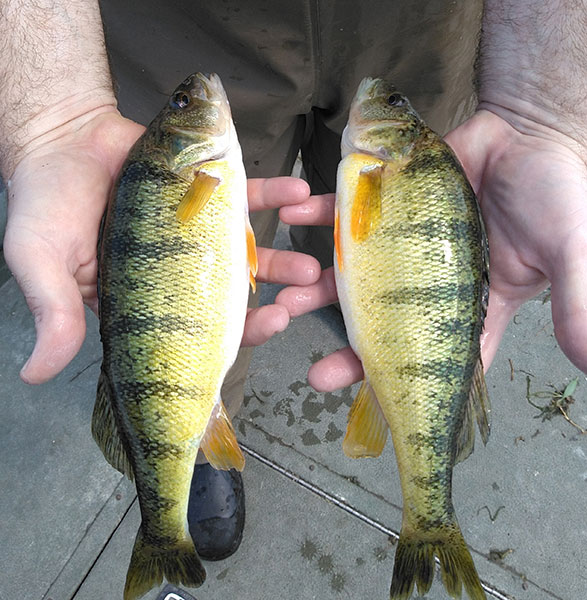- Details
By Louie Stout
Clear H2o Tackle in Edwardsburg will host a 10-day Spring Open House at the store beginning March 18.
Owner Darrin Schaap said his shop has received a ton of inventory over the past couple weeks and promises to be well stocked with all of your fishing needs.
“It doesn’t matter whether you’re a panfisherman, walleye, bass, catfish or trout and salmon angler, we’ve got a lot of tackle to meet your needs,” said Schaap.
He plans several sale promotions during the 10-day affair and will offer a special promotion for those anglers who buy their new Michigan license while there.
Schaap said he stocked heavily due to anticipation of supply problems similar to last year that all retailers had with tackle manufacturers.
The store will be open 7 a.m. to 5 p.m. Monday through Friday and 6-4 on weekends. For more information, call the shop at 269-414-4131.
- Details
By Louie Stout
Steelhead – fresh chrome ones – are on the move in the St. Joseph River, an indication that good fishing is but a few days away.
“They’re catching quite a few fish below the Berrien Springs Dam,” said Darrin Schaap, an avid steelheader and owner of Clear H2o Tackle in Edwardsburg.
They’re moving fast into Indiana waters as well. Lake Michigan Biologist Ben Dickinson said yesterday that warming river temperatures lured more than a 1,000 fish through the South Bend ladder last week.
“And these are fat, very healthy steelhead,” Dickinson noted. “They’re very chrome looking, an indication that these are fish that just moved in the river from the lake.”
Those fish, in addition to holdover steelhead that moved into the river last fall and early winter, should create a good fishery in the coming days.
- Details
By Louie Stout
 Surfer behind a wake boat
Surfer behind a wake boat
It doesn’t matter if you anchor to bluegill fish, kayak or use an electric for sneaking up on bass, today’s wake boats have replaced jet skis as the No. 1 nuisance.
They plow along, throwing big wakes designed so the attached skier can surf over the humps near the boat. However, those wakes carry for several hundred feet and can knock you overboard if you’re not paying attention.
Well, there’s good news! There is a bill in the Indiana Legislature that would offer control over where and how these annoying boats may be used. The bill passed through the senate and is now House Bill 1055.
- Details
By Louie Stout
 Two nice Lake Manitou yellow perch
Two nice Lake Manitou yellow perch
Lake Manitou in Rochester, Ind. - once one of northern Indiana’s best bass lakes - continues to show recovery from the massive chemical treatments it received over a 10-year period.
The treatments, which began in 2006, were required after an infestation of hydrilla, a fast-spreading invasive plant, was discovered in the lake.
Manitou was the only lake in Indiana that contained the plant, so the boat ramps were closed and fish managers applied heavy doses of chemicals to eliminate the plant at its roots.
Although the chemicals used were designed to specifically eradicate the hydrilla, other plants throughout the lake were knocked back.
District fish biologist Tom Bacula said the recovery is slow, but he was encouraged when he saw multiple year bass classes while surveying the lake early last May and again in June.
The water temperature was 60 degrees in May and most of the bass turned up during four hours of electro-fishing were in the channels.


